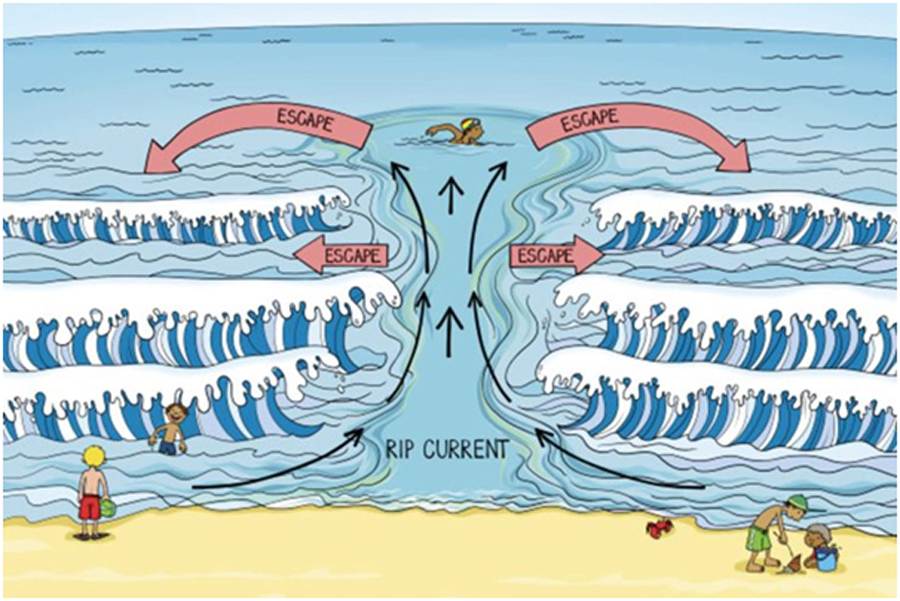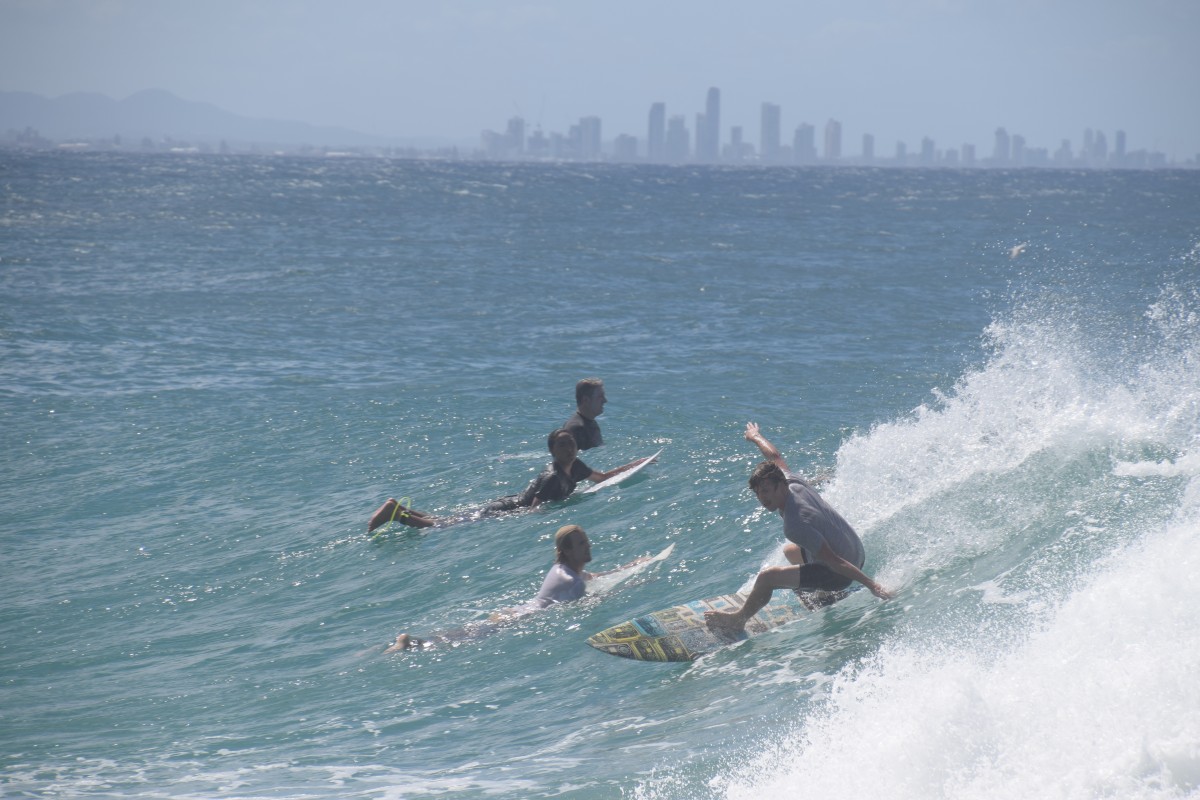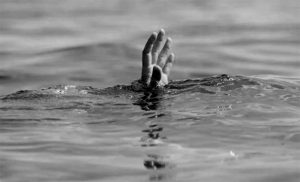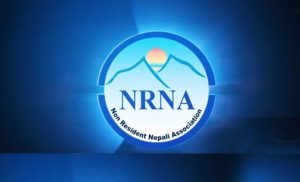A local news portal in Sudurpaschim province of Nepal, Dinesh Khabar, reported on January 12, 2020, that a Nepali in Malaysia died after falling into a fishery. Just two days after that, a United States-based news portal run by Nepalis there reported the death of two Nepalis in Portugal while they were fishing in a sea.
Researchers say these two incidents, reported in the same week from different parts of the world, are just the tip of the iceberg. They suggest dozens of Nepalis drown abroad every year and it is ever increasing. They argue that a lack of swimming culture in Nepal contributes a lot to the problem, advocating for practical measures to be exercised by the government, the migrant workers and students and other stakeholders.
The intensity of the problem
No one knows the exact numbers of Nepalis killed in aquatic accidents abroad in a specific period. Forget about specialised data about fatal drowning cases, the government does not have any records about exactly how many Nepalis die abroad, due to whatever causes, in a specific period. Suresh Adhikari, the information officer at the Ministry of Foreign Affairs, says Nepali embassies in the countries which host Nepalis in a big number might have such a data system, but there are not any integrated records. Therefore, there are not sufficient data to prove the intensity of the problem.
However, the concerned government agencies have also agreed that the problem is significant and it needs immediate attention. Subsequently, recordkeeping has started to some extent. The Nepali Embassy in Australia, for example, has been recording the deaths of Nepalis due to drowning since 2016. A senior official of the embassy informs that 10 deaths have been recorded since then. It means two Nepalis died in the water every year on average.
“As the number of Nepali migrants is increasing every year here, the number of fatalities is also going up,” Dila Kharel, a leader of the Non-resident Nepali Association in Australia, says, adding there could be some unrecorded cases also.
The Royal Life Saving Society Australia has a different data set, but it has also noticed that a significant number of Nepalis are losing their lives to Australian waters. “The Nepali community has been identified as an emerging community at risk, with 14 drowning deaths recorded in six years (2013/14 – 2018/19),” the society’s Research and Policy Manager Stacey Pidgeon says, “It does not include three most recent drowning deaths of Nepalis in the last few weeks.”

Researchers believe the problem is not restricted to Australia only. Puspa Raj Pant, a Nepali injury prevention researcher currently based in Britain, says Nepali communities living in all coastal cities in different parts of the world are at risk. Stating that he read news reports about drowning deaths of Nepalis from different countries including the United States, the United Kingdom, Portugal, Australia, Kuwait, Qatar, Saudi Arabia, Japan and India in the past few years, he says both Nepali migrant workers and students face equal risks.
Pant estimates that at least two dozen Nepalis drown abroad every year.
The Nepali side of the universal problem
Of course, Nepalis are at risk of aquatic accidents, but is this problem only a concern for Nepalis? After all, anyone who cannot swim is prone to losing their life if they surf or swim, notwithstanding their nationality or origin. Why should it bother Nepalis only? Why is the number of deaths among Nepalis higher than that in other communities?
Pant explains, “As Nepal does not have sea or beaches, Nepalis do not have any experience of waves, tides or water current, nor are there any places where one can learn about water safety or seawater safety.” Pidgeon also agrees, “Key risk factors for drowning include lack of swimming skills and being unfamiliar with the environment. We know that many people come to Australia as adults and may not have had the opportunity to learn swimming and water safety skills previously yet they still participate in risk-taking behaviours.”

Similarly, Pant says, “To be honest, we Nepalis tend to underestimate the hazards, perhaps comparing the seawater with water in rivers and streams in our countries. This is the biggest mistake.” He thinks Nepalis are more innocent than ignorant, about such risks. “I feel sorry and have sympathy for those who have lost lives. But, I am not blaming them; it is about our culture that is responsible.”
The embassy official believes a section of the problem also attributes to carelessness, “Sometimes, many Nepalis swim under the influence of alcohol.”
Likewise, the people who are not familiar with beach recreational activities find it exciting to visit a beach and many of them want to jump into the water straight away, the Australian researcher explains her observation. Her theory seems realistic in the experiences of Nepalis living abroad.
As a child brought up in Nepal, Pjay Shrestha moved to Australia along with his family in 1999, when he was just six. He shares that his experiences with rivers in Nepal and seas in Australia were different. “The way Australian beach water flows is different than the rivers in Nepal; it can be very deep in a few seconds.”
“It is one of the reasons many schools in Australia teach swimming and beach safety at a young age.” Shrestha also learned surfing lessons at school, which he realised was essential for him to go to the sea.
Being raised in a different environment is not a problem, but being deprived of adequate knowledge and skills to become familiar with the new environment is a real issue, according to Shrestha. “Many Nepali young people who move abroad from Nepal these days do not get any training about beach safety. There is a serious gap regarding information such as you should swim between yellow flags. This is the biggest cause of the problem.”
Domestic solutions to the overseas problem
Though the fatalities take place abroad, the most practical solutions to the problem should be sought in Nepal, before Nepalis, migrant workers or students alike, fly abroad, according to the stakeholders.
Passing English language tests such as the IELTS is not enough for the young Nepali students to keep themselves safe and easy in Australia, says Shrestha, adding, they also need to study a lot about Australian culture and activities they will engage in, including potential dangers related to exposure to water, before leaving the homeland.
Similarly, Pant suggests, “Nepal must include some modules to educate about potential hazards of being into or near the sea and beaches. This will alert people right from the beginning.”
The official at Nepal’s embassy in Canberra also agrees, “We have advised concerned agencies in Kathmandu to give some information about this issue as well before their departure.” The official also adds that the embassy, the NRNA and other organisations of Nepalis have been carrying out some awareness-raising activities in the foreign land also, of late.
“We feel very sad for the students and their parents, who had such unfortunate accidents. Our focus now is reducing such cases and work closely with the NRNA and other community organisations,” the official says.
From the archive, republished on the occasion of the first World Drowning Prevention Day

























